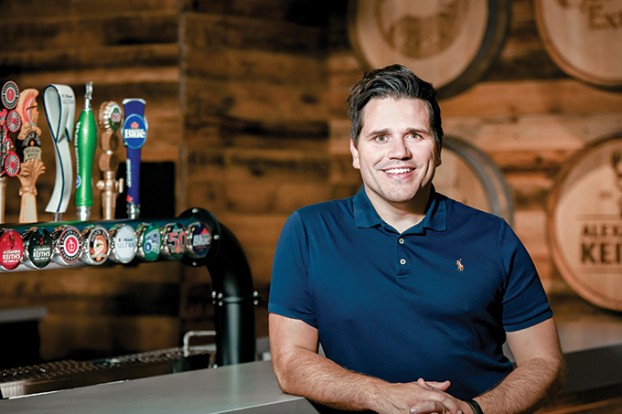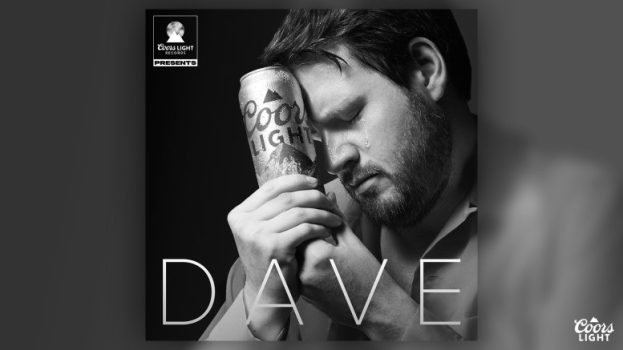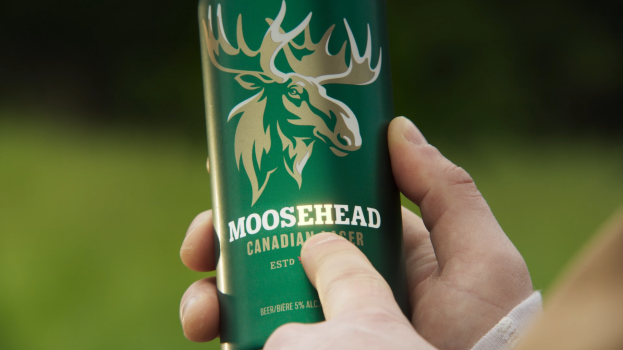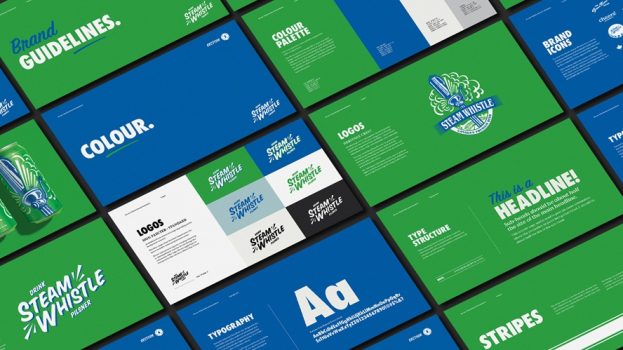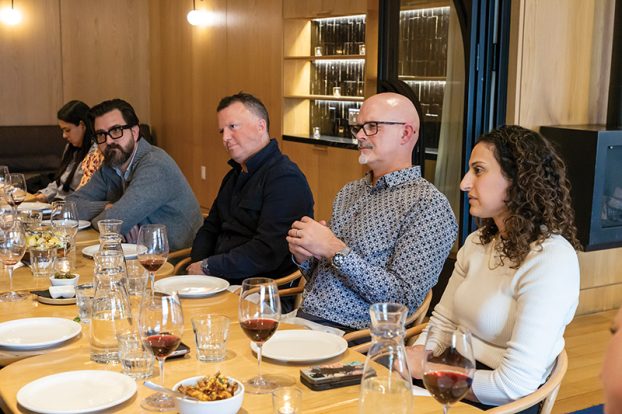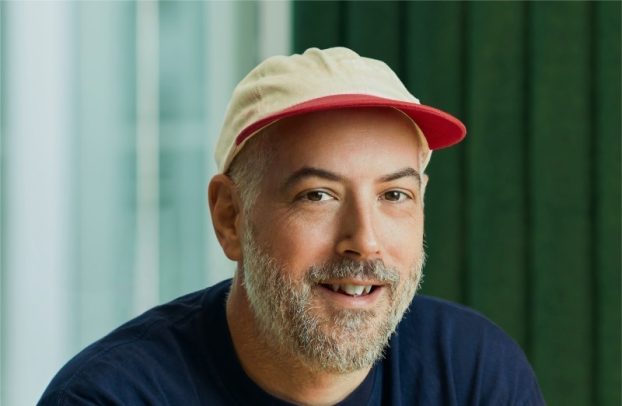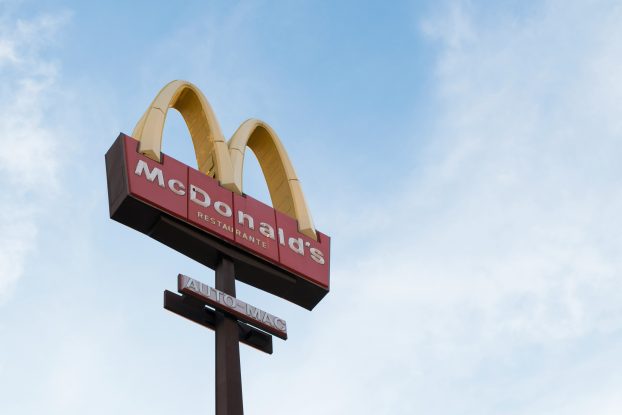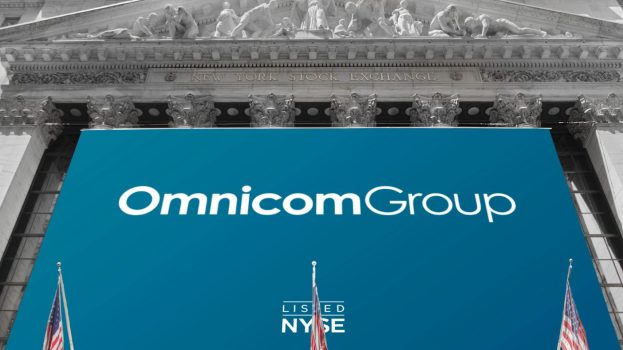Every day this week, we are rolling out the profiles of our 2022 Marketers of the Year. Read the other stories as they are published here.
This story was originally published in the Winter 2023 issue of strategy.
Great marketing – or rather, the culture that engenders great marketing – should be a blend of art, science and discipline, asserts Andrew Oosterhuis, VP of marketing at Labatt Breweries of Canada.
In a competitive category, Oosterhuis says it’s tempting to try new things: innovation for innovation’s sake. But as a company with nearly 60 brands, it’s important for Labatt’s 82-person marketing team (including in-house agency draftLine) to create distinctive positions for each.
Which means discipline is paramount, especially when it comes to globally-known brands like Bud Light, Corona and Stella. “Freshly consistent” is the goal, he says. Be consistent in how the idea connects to the brand and its purpose – and then think about how to execute in a new way.
By way of example, Oosterhuis calls out Corona’s new entry in the increasingly competitive non-alcoholic space: Corona Sunbrew. Data and the all-too-relatable work-from-home realities during the pandemic led to the insight that people are generally spending way too much time indoors. So, the team came up with the idea to infuse a non-alcoholic beer with vitamin D.
“Corona was born on the beach,” he explains. “And [Sunbrew] literally gives you sunshine any time.” He describes it as a great example of matching innovation with brand purpose, and being distinctive yet consistent at the same time.
“Overall, we want our share of innovation to be larger than our share of category,” he says. But what does that mean? It’s one thing to be innovative and come up with great ideas, even ones deeply connected with brand purpose, but it’s another to make sure the innovation delivers on what you’re trying to achieve – and sales aren’t the only barometer to consider.
He speaks about a brand’s DNA. When you have almost 60 of them, you need to have a disciplined (there’s that word again) portfolio strategy, which sometimes means pulling the brands apart to truly understand them.
He uses the U.S. versus Canada, and Bud versus Bud Light as an example. Bud is the number one brand in Canada, while Bud Light is number one in the U.S. So how do you make the latter more popular here? Bud Light has always been a youthful brand that focuses on inclusiveness, whereas Bud has been firmly entrenched as the sports brand, deeply connected with a male sports audience, he explains.
From a campaign perspective, he calls out Bud Light’s decade-long support of Pride here in Canada. “But, this year, we dreamed bigger, hosting the brand’s first-ever Pride Camp, which was an LGBTQIA2S+ community- and ally-focused adult camp, where nearly 100 guests were able to celebrate embracing their most authentic self, and where everyone felt welcome to the party just as they are.”

Bud Light has supported Pride for a decade, but this year it launched a weekend-long Pride Camp as well as limited edition Pride cans.
The effort was true to the brand’s DNA, distinctive purpose and personality. And the result of such executions is that the team has been able to grow Bud Light share 28 years in a row – it’s now on the verge of being the number-two beer brand in Canada, he sums.
Some of the work that Oosterhuis is most proud of is the Budweiser #TapeOutHate campaign with the Hockey Diversity Association. For Oosterhuis, it is an example of how a brand that has been consistently activating in the Canadian hockey space for years saw an opportunity to stand up and do more.
The #TapeOutHate film featured testimonials from players who have been the subject of racism. The initiative, in partnership with Canadian Tire, sold 25,000 roles of tape, allowing fans and consumers to be part of the campaign and stand up against racism in hockey through the simple act of taping their stick with co-branded #TapeOutHate hockey tape.
“I say to my team all the time that you can’t just tell the world,” Oosterhuis says. “You have to act to make a difference.”
This action was a catalyst to dig deeper into a well-established brand and come out even stronger. “We’re Canada’s leading brewer. We have a portfolio of beloved brands. But I was really proud of how our team leveraged that scale and the love of our brands to build a more inclusive category and country.”
As far as the challenges he faces on the horizon, Oosterhuis calls out the ongoing fragmentation of the industry. The impact of craft beer, the surge of “beyond beer,” ready-to-drink and seltzers create what Oosterhuis has coined “the complexity of growth.”
It won’t be easy to supply, sell and support a portfolio mix of nearly 60 brands. So, this is where the science comes in. It means streamlining SKUs, segmenting sales accounts across the country and digging into the data to better understand which brands in the portfolio “should be the focus to display and activate.”
In turn, that data – that science – allows them to consolidate marketing budgets and “bet on the brands that are going to be critical to driving our growth.” It fosters “simplicity and focus to help face the complexity that we face in the industry,” says Oosterhuis.
In terms of where they can do better, Oosterhuis says they need to close the loop. “We don’t buy ads. We don’t buy executions. We buy media-neutral ideas,” he explains. “And a big evolution going forward will be to ensure the execution of these ideas is not just to drive reach and engagement to build equity, we also need to drive conversions.”
The real question, he asks, is how Labatt can use its first-party data to drive deeper consumer understanding to help deliver creative solutions that solve consumer problems and build engaged communities.
As far as how he connects all the dots to make this happen, Oosterhuis says he often turns to two groups to help: a brain trust and a creative council made up of non-Labatt (and non-Labatt agency) members, which were created by the Global Culture and Capabilities team in 2020. The trust is comprised of Matthew Bull, founder of SoloUnion and creative advisor to AB InBev; Matt McCoubrey, VP at SALT and Laura Serra, ECD at Mosaic. The council, meanwhile, includes names like Nancy Thomas, VP of brand and partnerships at Rogers; Craig McIntosh, CCO of Broken Heart Love Affair; Stacey Salmon, VP of Canada marketing at Jamieson Wellness; and Anne Marie Al Borno, head of experiential marketing at Shopify.
“The brain trust is not there to approve, but to improve ideas,” Oosterhuis says. The trust members provide feedback early on to make sure the ideas being considered make sense, will resonate and connect back to the brand purpose, at least from an “outsider’s” perspective. Both have helped on campaigns like #TapeOutHate.
Similarly, the creative council considers finished work. It’s like a jury, he says, who consider the strategy and execution of the idea.
“As a result, I feel like we’ve created a culture and capability around creativity,” so when it comes to goals like getting better at closing the loop, a system is in place designed to ensure that “in three to four years we’ll say we’re best in the world around creating insights and developing a deeper understanding that allows us to drive creative solutions to build and engage communities. That’s the journey.”

